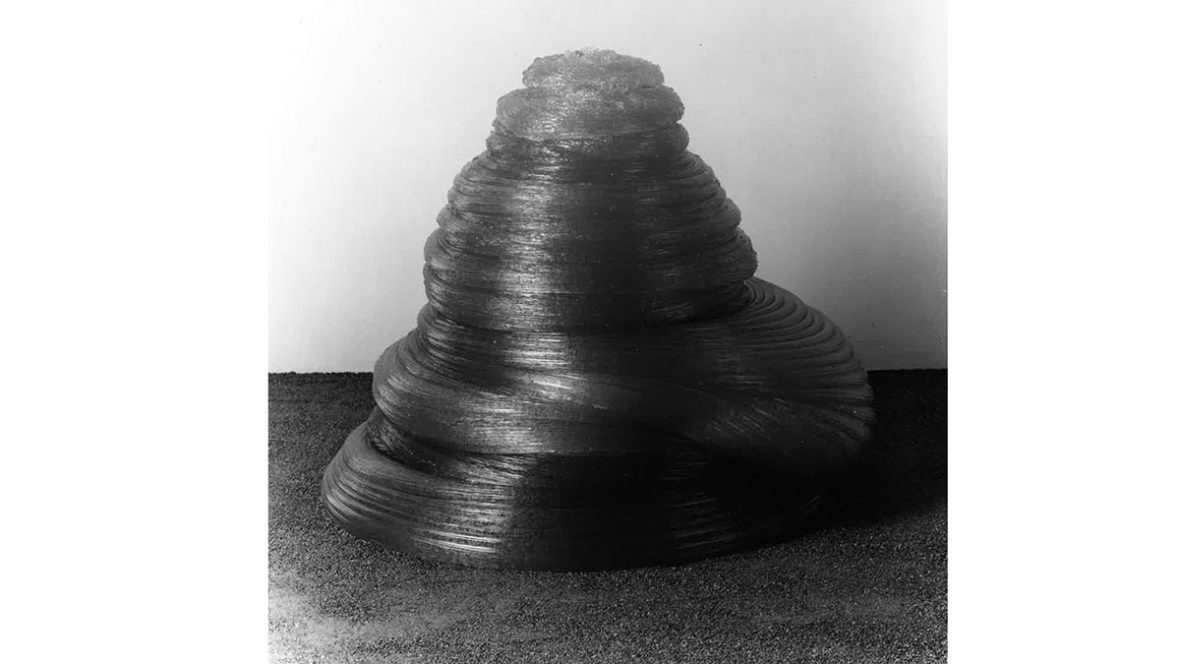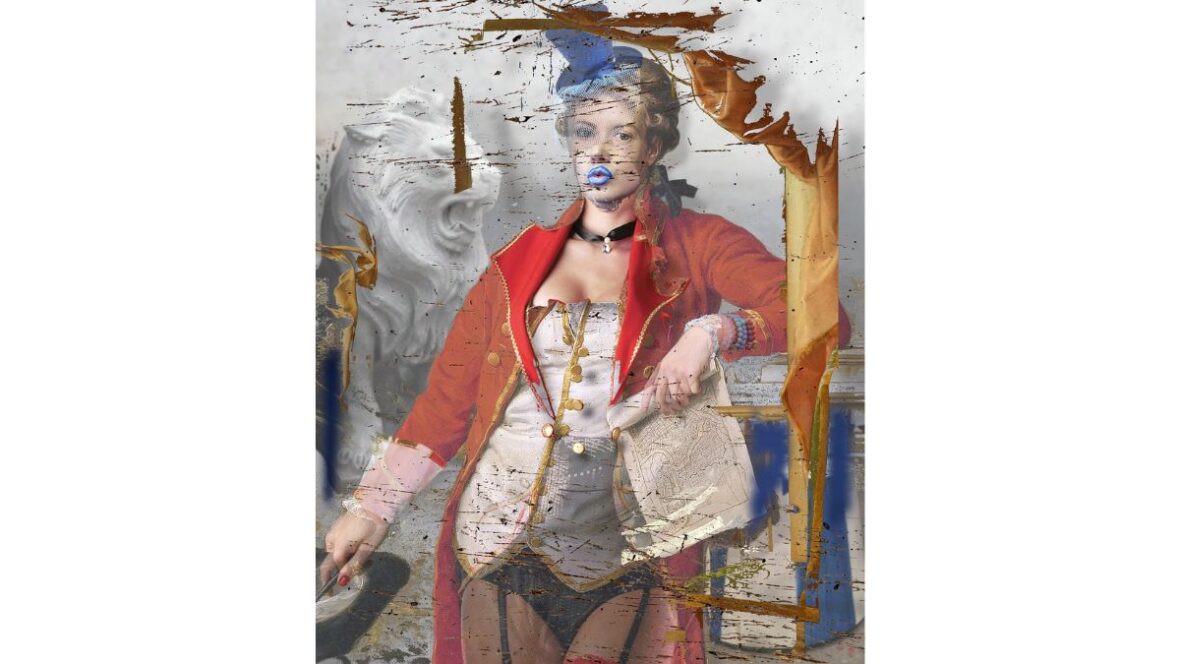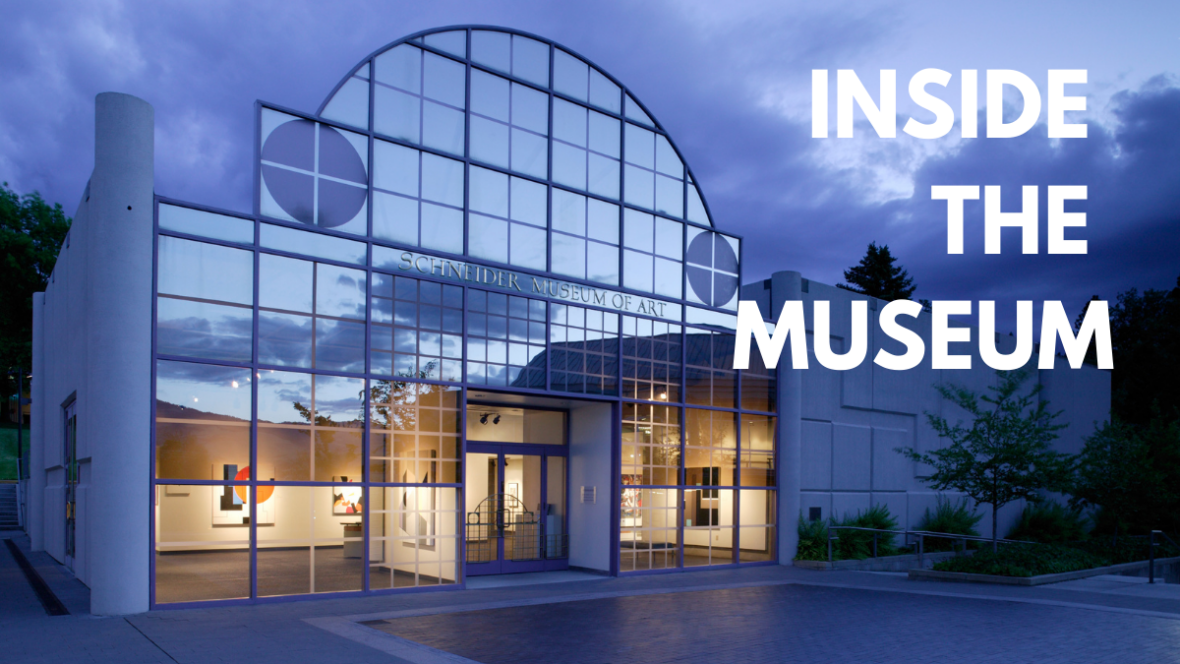Kazuo Kadonaga:
Wood/Paper/
Bamboo/Glass
Curatorial Essay
Let us, for purposes of clarification, use the analogy of comparing humans to other materials found in nature, separating their innate qualities from their function. We frequently speak of “manpower” or “human resources” when we describe the efforts needed or expended to bring a project to fruition, solve a problem or complete a major task dependent on human ingenuity. Often the term implies effectuating such a project with maximum efficiency, which if properly organized, will yield optimum profits. The same attitude is applied to the use of materials in general; their cost, shelf life, suitability and methodology used to obtain maximum results for the purposes intended.
If Kazuo Kadonaga would apply the same attitude toward human resources that he uses toward other natural materials, he would not only consider the aesthetic qualities of the human body, but would in addition, seek to establish the limits of human endurance when exposed to extreme heat or cold, of stress on the mind and the body, of fear on the psyche and on the effects of time from the moment of birth to that of death. He would also ascertain human resilience to corporeal punishment and the toll it would take on the physical structure of the body as well as on its mental and emotional functions.
As we were uncrating his work for this installation, I looked at the enormously strong wooden crates wherein the contents of this exhibition arrived, thoroughly protected from the usual hazards of transportation of fragile works of art. No one would be puzzled at the sight of these sturdy crates used to safeguard the sculpture. However, as they were opened the contents turned out to be naked, clean and shiny tree trunks-silky smooth, incised and patterned, certainly a sight not commonly seen (especially in Oregon) carefully wrapped in bubble-wrap, plastic sheeting, blankets or canvas.
In this instance both crate and content did in fact derive from the same source – yet one was transformed into a utilitarian object while the other into an art object. As the un-crating proceeded, bamboo, paper and glass pieces emerged – all of them subjects of Kadonaga’s investigations and eventually sources of wonder. Bamboo revealed its inherent ability to change color and morph from extreme rigidity to graceful fluidity; paper, normally used to be drawn, painted and written on, appeared in compressed and frothy incarnations. There were sections of wood splintered in fan-like cracks resulting from the impact of mallet strikes and a grouping of thin wooden trunks half raw and half turned into charcoal.
And then there was the glass. Glass like none of us ever saw before. Unlike Murano, Horefors, Lalique, Waterford or Chihuly – back to its primeval origins or even better than that. After all, glass was born at the dawn of history somewhere on an anonymous beach whose sand was fused by the red-hot bonfire of itinerant sailors who found the morning after, blackened shapes of shiny, solid puddles buried in the sand. It changed shape, color, function and use from that day on, from Roman tear-vessels to French perfume bottles, from the story-telling stained glass windows of Medieval Cathedrals to the glass sheathed skyscrapers of Mies van der Rohe.
Once again, Kadonaga, following his unique point of view, explored the nature of glass for a period of ten years to reveal its nature rather than its many and diverse uses. He did not blow it, cast it, incise it, or transform it into luminescent or splendidly decorative objects. He built a reinforced concrete two-story structure placing a glass melting furnace on the second floor and a cooling furnace on the first floor directly underneath it. To create the right conditions for the molten glass to flow directly from the melting furnace to the cooling furnace below, he cut a hole through the floor/ceiling, allowing the glass to flow freely and form the mounds we see before us. Each mound is different from the next one because the flow of molten glass is entirely free affected only by gravity. Even density and quantity of flow is self-regulated, yet density determines color and quantity affects shape. After the mounds were formed, the issue of moving them arose, and that took several years of experimentation to discover that the glass mound needs at least three months to cool sufficiently in order to prevent cracking when moved.
By eliminating any thoughts of utilitarian purposes, the artist has investigated only the natural properties of each material. By exhibiting the results of his explorations, he invites the viewer to join him in looking at these materials with a less practical and more poetic attitude. He leads us to discover the essence of wood, paper, bamboo and glass rather than to encourage us to exploit them.
-Josine lanco-Starrels
Curator
Josine lanco-Starrels
Artist
Kazou Kadonaga



